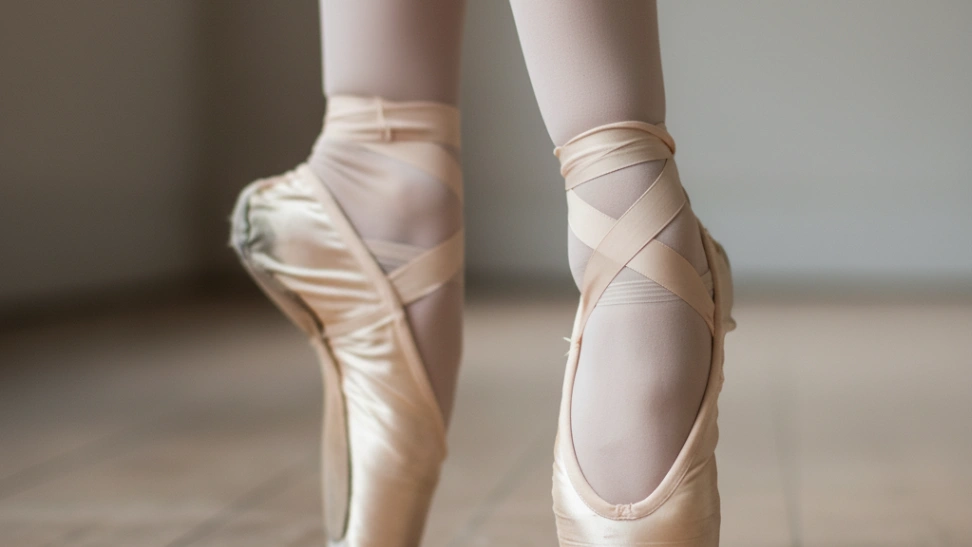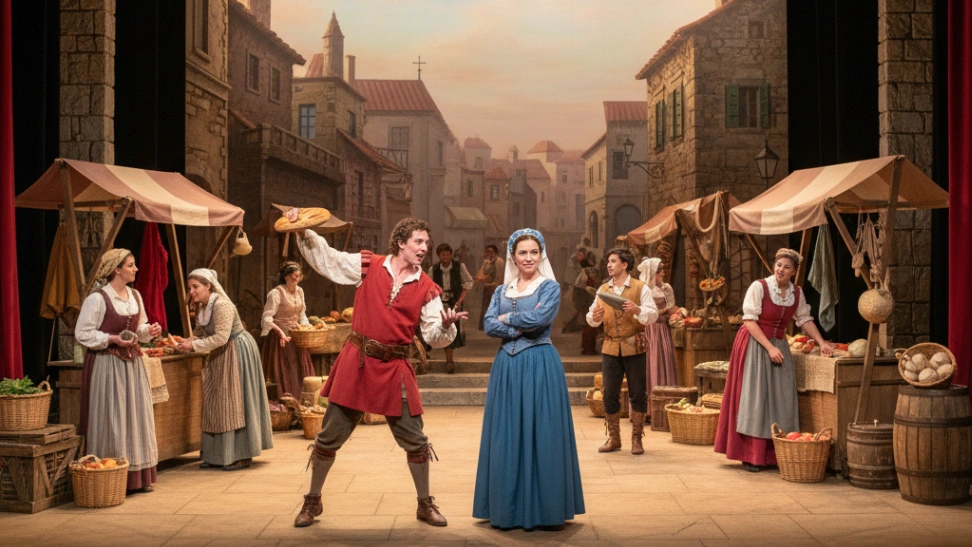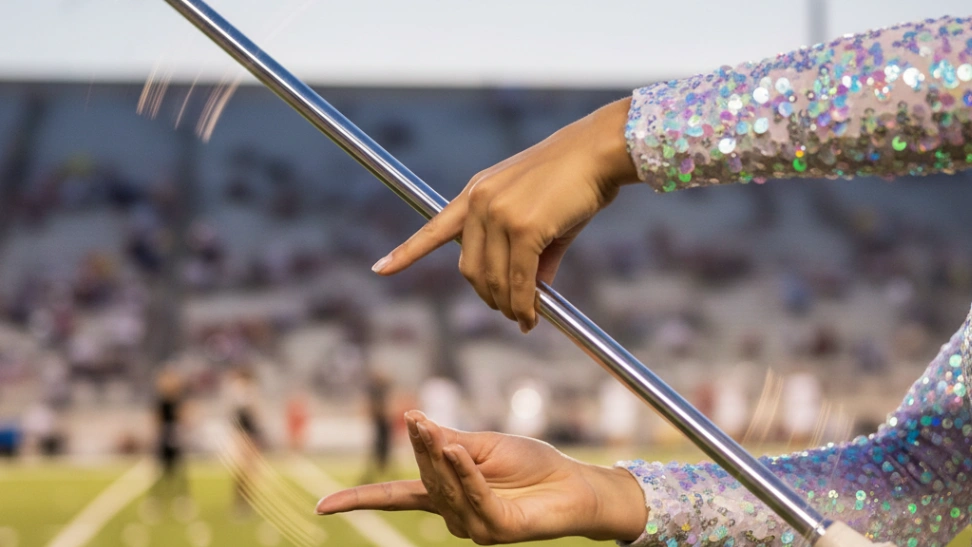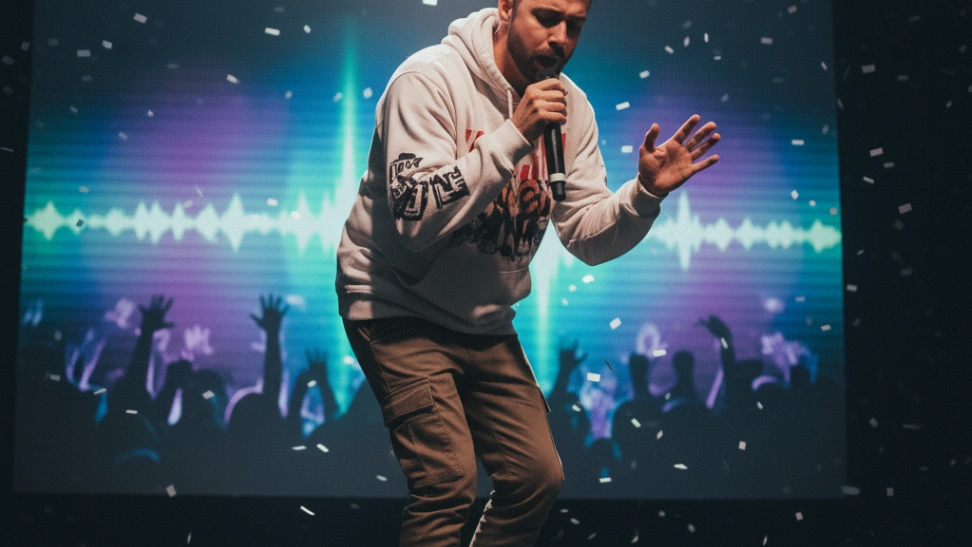The history of ballet is a rich tapestry spanning over five centuries, beginning in the Italian Renaissance courts of the 15th century. These early forms were primarily court spectacles, lavish affairs combining music, dance, poetry, and elaborate costumes to entertain nobility and celebrate significant events. It wasn't until Catherine de' Medici brought her sophisticated Italian traditions to the French court in the 16th century that ballet began to truly flourish and take on more distinct, formal characteristics. King Louis XIV, a passionate dancer known as the "Sun King," played a pivotal role in its formalization and institutionalization. In 1661, he established the Académie Royale de Danse, the precursor to the renowned Paris Opéra Ballet, which systematically codified techniques and developed a precise vocabulary of steps. This crucial era saw the gradual transition from amateur court performers to professional dancers, and the establishment of the five fundamental positions of the feet, which remain the bedrock of classical ballet training today. The 18th century brought further technical advancements, a greater emphasis on narrative, and the emergence of the ballerina as a central, captivating figure, increasingly demonstrating virtuosic skill and emotional depth.
The early 19th century ushered in the Romantic Ballet era, profoundly influencing the art form. This period introduced themes of fantasy, magic, and the supernatural, famously seen in iconic ballets like "La Sylphide" and "Giselle." Romantic ballet emphasized lightness, ethereal qualities, and the illusion of weightlessness, often achieved through flowing, ankle-length tutus and, crucially, the popularization of pointe work. Marie Taglioni, with her unparalleled grace, is often credited with truly bringing pointe dancing to prominence, adding an otherworldly dimension to the ballerina's performance and solidifying her iconic image as a sylph-like figure. However, by the mid-19th century, while ballet in Western Europe experienced a decline in creativity and popular appeal, Russia was entering its golden age under the brilliant direction of choreographers like Marius Petipa. Petipa, collaborating with legendary composers such as Pyotr Ilyich Tchaikovsky, created enduring masterpieces like "Swan Lake," "The Sleeping Beauty," and "The Nutcracker." These ballets introduced complex narratives, elaborate sets, and highly demanding choreography that pushed the boundaries of classical technique, establishing the standard for storytelling and technical prowess that continues to captivate audiences worldwide.
The early 20th century witnessed a dramatic resurgence of innovation, particularly with Serge Diaghilev's groundbreaking Ballets Russes. This revolutionary company, featuring visionary choreographers like Mikhail Fokine, Vaslav Nijinsky, and George Balanchine, collaborated with leading artists, designers, and composers of the avant-garde. They created works that boldly blended dance with modern art, music, and design, moving away from strict classical narrative forms to explore more abstract, psychologically complex, and contemporary themes. Their influence was immense, profoundly shaping not only ballet but also the development of modern dance as an independent art form. George Balanchine, a key figure from the Ballets Russes, later immigrated to the United States and established the New York City Ballet, becoming a pioneer of neoclassical ballet. His style emphasized pure dance, musicality, and athleticism, often streamlining aesthetics to focus entirely on the movement itself rather than elaborate sets or costumes. Balanchine's prolific output and distinct artistic vision cemented his status as one of the 20th century's most influential choreographers, creating a vast repertoire that continues to define contemporary classical ballet.
Today, ballet continues its dynamic evolution, encompassing an incredibly wide range of styles from rigorous classical interpretations to innovative contemporary expressions. Many professional companies perform a mixed repertoire, honoring historical masterworks while simultaneously commissioning new pieces that reflect modern sensibilities, societal issues, and experimental approaches to movement. This continuous adaptation ensures ballet's enduring relevance and broad appeal, drawing new generations of dancers and audiences to appreciate its unparalleled beauty, demanding athleticism, and rich artistic heritage. It stands as both a meticulously preserved art form, upholding traditions established centuries ago, and a vibrant, living discipline that constantly challenges its practitioners to push the physical and expressive limits of human movement. Beyond the stage, recreational ballet for adults has also surged in popularity, offering a fulfilling avenue for fitness, artistic engagement, stress relief, and community building, demonstrating ballet's versatility and timeless charm for everyone.



